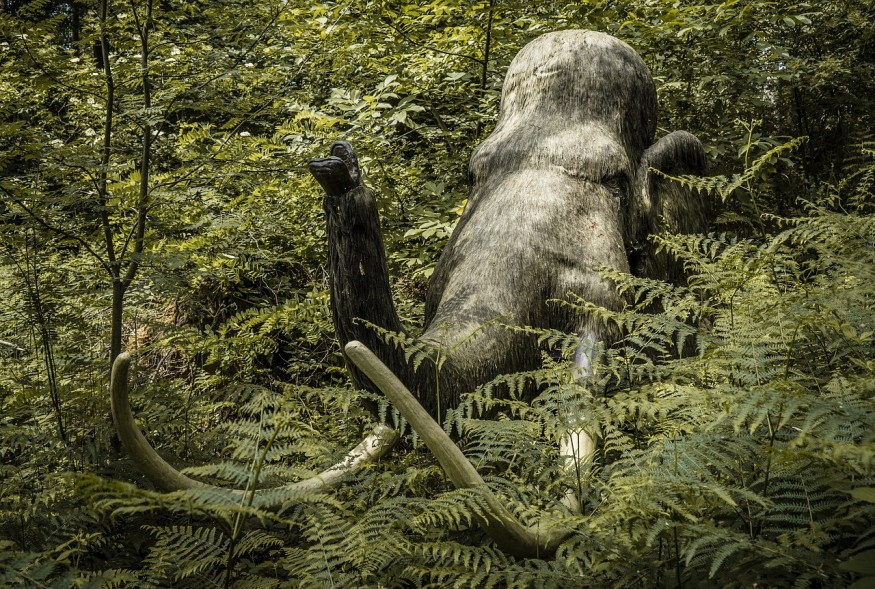Ancient animals like giant elephants and other megafauna once roamed the Earth and thrived as a population millions of years ago.
However, these giant animals disappeared for exact reasons yet to be determined.
For a long time, scientists have thought that the ancient megafauna extinction was caused by the arrival of humans, along with their butchering and hunting techniques, as previously thought.
Now, a new study led by scientists from Germany and Spain found the said extinction event was not caused by humans, pointing out that climate change and new environmental conditions were responsible for their demise.
The scientific team involved in the new research determined the ancient megafauna were already decreasing in numbers millions of years even before humans emerged 100,000 years ago.
The findings are still subject to confirmation or further research but hold promising evidence.
It also challenges existing theories that we have ancient giant animals and how the mighty creatures that existed for millions of years suddenly disappeared.
If natural factors caused their extinction, scientists hypothesized its reoccurrence is not far from reality.
Ancient Megafauna Extinction

In the new study published on the journal Science on Thursday, June 8, co-author Faysal Bibi from the Leibniz Institute for Evolution and Biodiversity and the research team described how African and Arabian megafauna were wiped out by climate change, a phenomenon that apparently occurred long before Homo Sapiens evolved and learned to hunt.
The team proposed that the major driver for the extinction is still at large.
However, all evidence suggested that it was not caused by humans or our ancient ancestors.
One of the most evident factors is that the extinction, especially for large species, started way ahead of our time, according to Bibi, who told Newsweek.
New Environmental Conditions
Although there are still large animals existing today such as elephants and whales, the researchers discovered the ancient megafauna in their study went extinct at around 4 million years ago.
They cited environmental factors like long-term cooling or decrease in global temperatures and expansion of tropical grasslands that triggered the extinction.
In other parts of the globe, the North American megafauna extinction by the end of the Pleistocene was caused by several reasons, including human overhunting.
However, a 2021 study published in the journal Nature Communications also supported the theory that climate change and not human population growth caused the late Quaternary megafauna extinctions in North America.
Prehistoric Climate Change
Even before modern meteorological equipment and forecasting tools, Earth had undergone multiple instances of climate change and shifts, which also led to several Ice Age phenomena.
It also shows that such events occur even without the presence of anthropogenic greenhouse gases that we see today.
It is for this reason that some scientists have linked prehistoric climate change with the extinction of giant mammals, who survived after the extinction of all non-avian dinosaurs and other living organisms 66 million years ago.
Related Article : North America's Megafauna Likely Went Extinct Because of Climate Change
© 2026 NatureWorldNews.com All rights reserved. Do not reproduce without permission.





